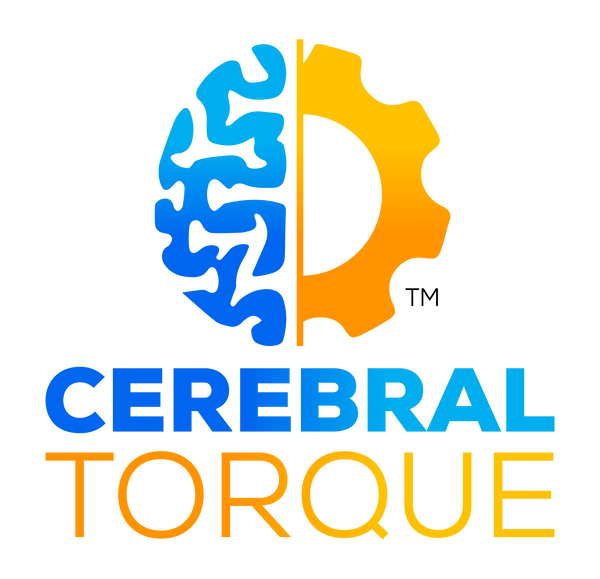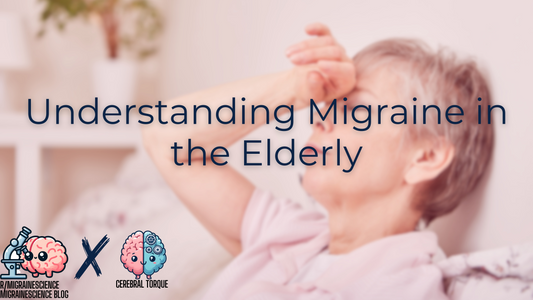
Aura Characteristics in Migraine Disease
Cerebral TorqueShare
| Source: https://journals.sagepub.com/doi/10.1177/03331024241299453 | ||
|---|---|---|
"Exploring the multifaceted characteristics of aura in migraine: A multicenter, cross-sectional study" |
||
| Demographics and Basic Information | ||
| Total Patients | 272 | From multiple Italian headache centers |
| Female Patients | 82.0% (223) | Showing typical gender distribution in migraine studies |
| Mean Age | 43.3 ± 14.5 years | Current age of study participants |
| Mean Age of Aura Onset | 23.9 ± 11.2 years | Age when patients first experienced aura symptoms |
| Concurrent Headache Diagnoses | ||
| Migraine without Aura | 89.3% (243) | Patients experiencing both types of migraine |
| Chronic Migraine | 12.8% (35) | 15+ headache days per month |
| Medication Overuse/Adaptation Headache | 2.5% (7) | Secondary to frequent medication use |
| Aura Characteristics | ||
| Types of Aura | ||
| Visual Aura | 96.3% (262) | Most common type, includes various visual phenomena |
| Sensory Aura | 33.0% (90) | Typically manifests as spreading paresthesia |
| Speech/Language Aura | 25.6% (70) | Includes both anomia and dysarthria |
| Brainstem Aura | 8.5% (23) | Includes vertigo, tinnitus, diplopia |
| Motor Aura | 1.8% (5) | Least common, affects limb movement |
| Multiple Aura Types | 9.2% (25) | Patients experiencing more than one type per attack |
| Visual Aura Detailed Characteristics | ||
| Positive Scotoma | 82.4% (224) | Colored, bright, or white dots/patterns |
| Negative Scotoma | 14.3% (39) | Areas of vision loss |
| Visual Snow-like | 3.7% (10) | Static-like visual disturbance |
| Blurred Vision/Dyschromia | 13.6% (37) | Vision distortion or color perception changes |
| Duration of Aura Symptoms | ||
| 5-30 minutes | 76.5% (189) | Most common duration |
| 30-60 minutes | 16.6% (41) | Intermediate duration |
| More than 60 minutes | 6.9% (17) | Extended duration |
| Treatment Approaches | ||
| Triptans | 39.7% (108) | 26.9% at aura onset, 20.8% at headache onset |
| NSAIDs | 47.8% (130) | 25.3% at aura onset, 41.5% at headache onset |
| Nutraceuticals | 59.9% (163) | Including magnesium, nisin, magnesium with tanacetum-hydroxytriptofan, coenzyme Q |
| Associated Symptoms and Features | ||
| Photophobia/Phonophobia | 55.1% (150) | Light and sound sensitivity |
| Nausea/Vomiting | 55.9% (52) | Common accompanying symptoms |
| More Intense Headache After Aura | 48.2% (95) | Compared to migraine attacks without aura |
| Aura Relapse within 24h | 12.6% (34) | Mean duration of relapse: 85.2 ± 84.4 minutes |
| Vertigo | 12.5% (35) | During headache phase |
| Post-Attack Asthenia | 59.5% (116) |
Physical weakness or lack of energy 31.3% lasting >24 hours |
| Study published in Cephalalgia, 2024, Vol. 44(11) | ||


